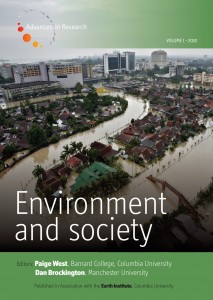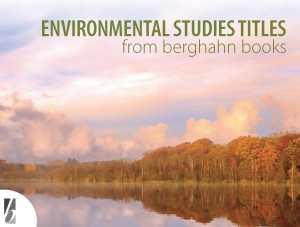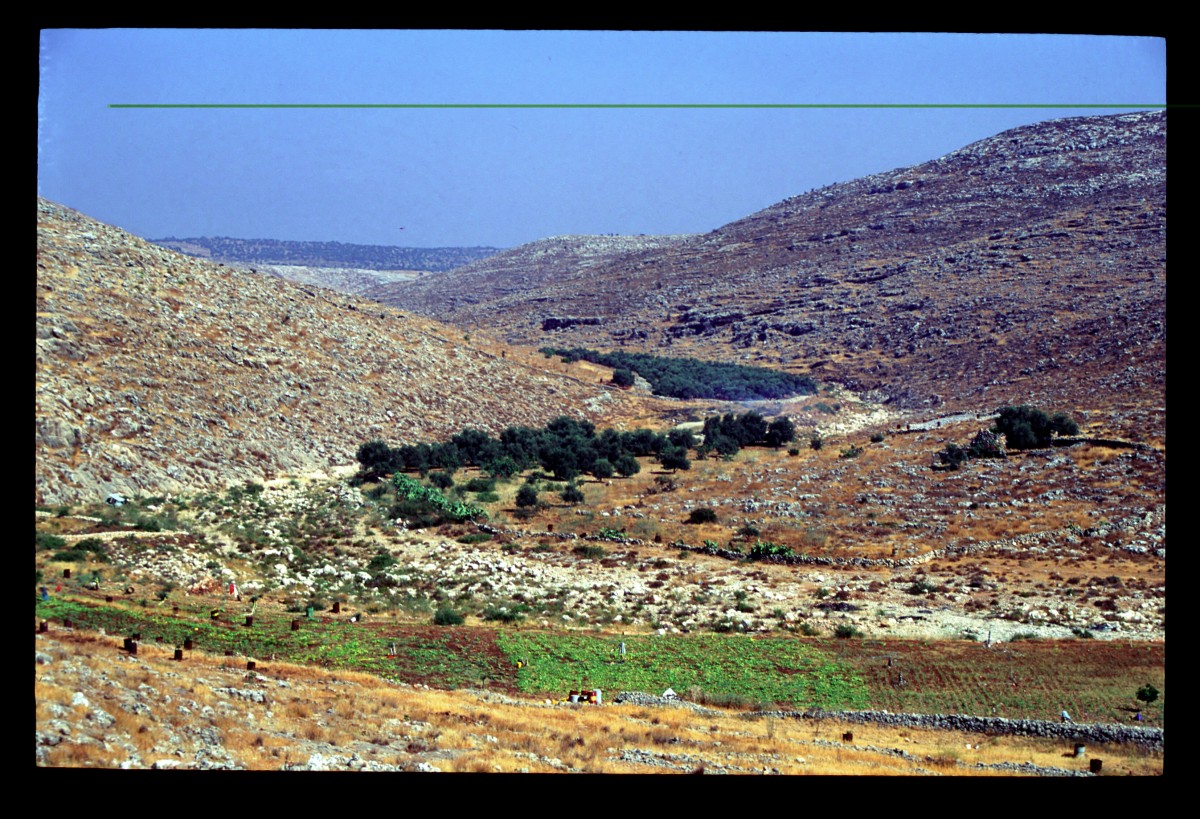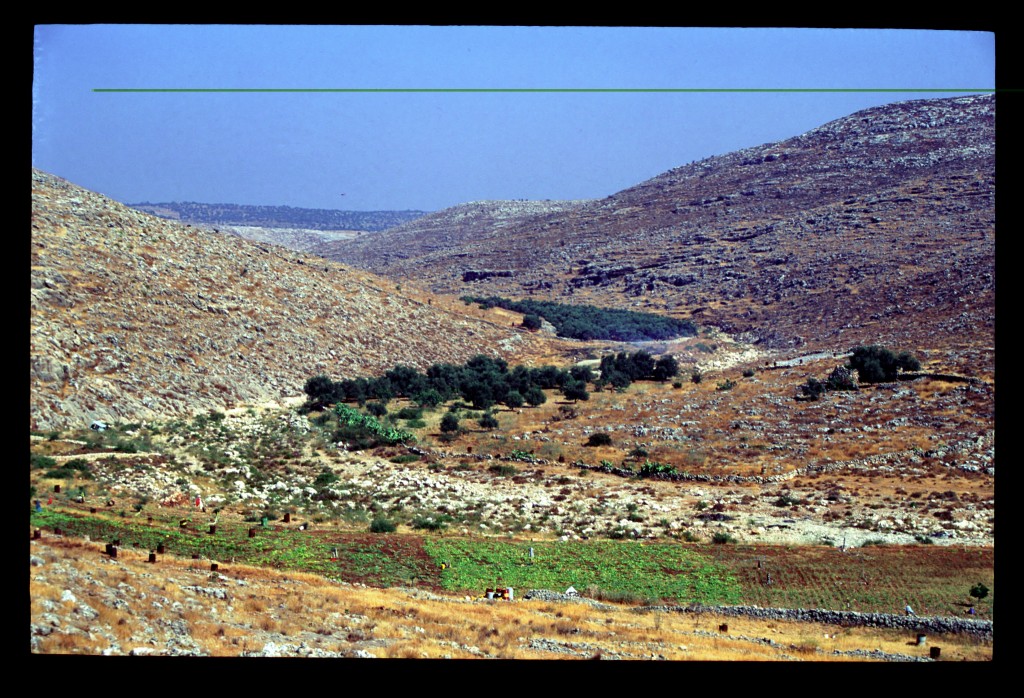This post originally appeared on the European Politics and Polity (EUROPP) blog but was reprinted here with permission from the London School of Economics and Political Science. Illegal hunting and trade in wildlife have been increasingly prevalent in news and policy dialogue, becoming an ever more important part of conservation issues. The EnviroSociety editors have included the post here, as it will be useful and important to the blog’s readers.
A sharp rise in ivory poaching and smuggling over the last five years has fast become a central focus of international concern, and was one of the key issues underpinning a vote on combating ‘wildlife crime’ in the European Parliament last year. The level of interest has been bolstered by high profile (but now questioned) claims that ivory poaching is being used to fund militias and terrorist networks including Al Shabaab, the Lord’s Resistance Army and Janjaweed; or that it sustains networks of organised crime networks.

Credit: Diana Robinson (CC-BY-SA-3.0)
But the increasing dominance of the ‘crime’ framing is not helping to put an end to ivory smuggling, nor will it save elephants in the longer term. We know from past experience in the ‘ivory wars’ of the 1980s, which halved the African elephant population, that demand reduction in consumer markets is the more effective approach. Yet arguments for demand reduction are being lost amongst calls for urgent action.
International concern is rapidly increasing: the illegal ivory trade has been the favoured topic of members of the British Royal family (especially Prince William via his United for Wildlife initiative) and internationally famous celebrities (including Harrison Ford, Leonardo Di Caprio, Tom Hardy and Angelina Jolie). In 2014 the UK Government oversaw the development of the London Declaration on the Illegal Wildlife Trade, and this has been followed up with a second inter-governmental conference in Botswana this year. The UK Government has committed £10 million for conservation initiatives to support the London Declaration.
Concern is not confined to the UK either. President Barack Obama issued Executive Order 13648 on Combating Wildlife Trafficking, stating that it was in the US national interest to tackle trafficking because it fuelled instability and undermined security; and in 2013 the Clinton Global Initiative announced a commitment to raise $80 million to combat trafficking and poaching as a security threat.The European Union has also identified the role of organised crime networks in illegal wildlife trade and recognises that as a significant transit point in the trade the EU has a major role to play in the enforcement of regulations. This level of interest is welcome, but it has also contributed to the ivory trade being framed only in terms of crime, which prompts a response rooted in enforcement.
The scale of the illegal wildlife trade is difficult to estimate because of its clandestine nature. But in 2007 the US State Department estimated that the global illegal trade in wildlife and plants was worth around $10 billion, but possibly as high as $20 billion, excluding timber and fisheries. In 2014 TRAFFIC estimated that it was worth $8-10 billion per year, excluding illegal fisheries and timber extraction. While these figures give a sense of the scale of the illegal trade, they do not reflect the complexities of demand and supply.
The illegal trade in ivory is highly transnational – global trading routes link source countries with end user markets via a series of complex networks, intermediaries and entrepôts. As a result, governing the wildlife trade is a complex challenge, made even more difficult when that trade is illegal. The transnational nature of legal and illegal trades means they require inter-state and multi-agency co-operation to ensure that the trade does not over-exploit particular species and risk driving them to extinction.
The International Consortium for Combatting Wildlife Crime (ICCWC) is a step in the right direction; it was established in 2010 in recognition of the need to tackle the growing influence on transnational organised crime in trafficking of endangered species. It was an initiative of Interpol, the Convention on the International Trade in Endangered Species (CITES), the World Bank, The World Customs Union and the UN Office on Drugs and Crime, and the purpose was to provide co-ordinated support to national wildlife law enforcement agencies, as well as regional networks; so for example ICCWC provided specialised training for national agencies in 2013. Certainly, better enforcement of existing legislation by CITES members in Europe, as well as engaging in multi-agency cooperation will assist in reducing the illegal ivory trade. But it will not be enough to tackle the scale of the problem.
We would do well to revisit the original ivory ban in order to gain a better understanding of what might work this time round. Ivory trading was banned under CITES (except in certain very restricted circumstances) in 1989. Therefore it might seem reasonable to view it only via the framing of crime, but the most effective approach is demand reduction in end-user markets, and that is losing out along the way.
We know from the 1989 ivory ban that the authorisation of shoot-to-kill anti-poaching campaigns across Sub-Saharan Africa had limited and localised effects. Such forceful approaches also relied on the premise (rather like current concerns) that ivory poaching was being carried out by bands of poverty stricken individuals co-opted by organised crime networks.
Yet, we actually know very little about what motivates poachers and what the role of poverty really is. It may be that people engage in poaching for economic reasons, and if that is the case then long term solutions depend on providing better alternatives, not more guns and boots on the ground – or more recent moves by conservation NGOs, working with national governments and donors, to develop strategies more commonly associated with counter-insurgency campaigns: drones, surveillance technologies and the development of intelligence networks.
We know from 1989 that a major factor in the global collapse in the ivory trade was the effective demand reduction campaigns run by several conservation NGOs. They influenced the general public and the Governments of key consumer countries (the US and the UK at that time). Currently, the rising demand for ivory originates from the increasingly wealthy economies in Asia, particularly China. The profile of demand now differs slightly from the late 1980s, Chinese consumers value ivory as a material that displays the skills of the carver rather than using it for jewellery, piano keys and billiard balls (amongst other things).
Therefore demand reduction campaigns need to be carefully tailored to communicate effectively with ivory consumers. Recent successes in reducing demand for Shark Fin soup are instructive – demand reduction campaigns by NGOs and a decision by the Chinese Government not to serve it at state banquets had a clear impact. Demand reduction is the most effective long term strategy; this is where the European Union, conservation NGOs, Governments and International organisations would be well advised to target resources and support.
Note: This article gives the views of the author, and not the position of EUROPP – European Politics and Policy, nor of the London School of Economics.
Rosaleen Duffy is Professor in the Political Ecology of Development in the Department of Development Studies at SOAS, University of London.



